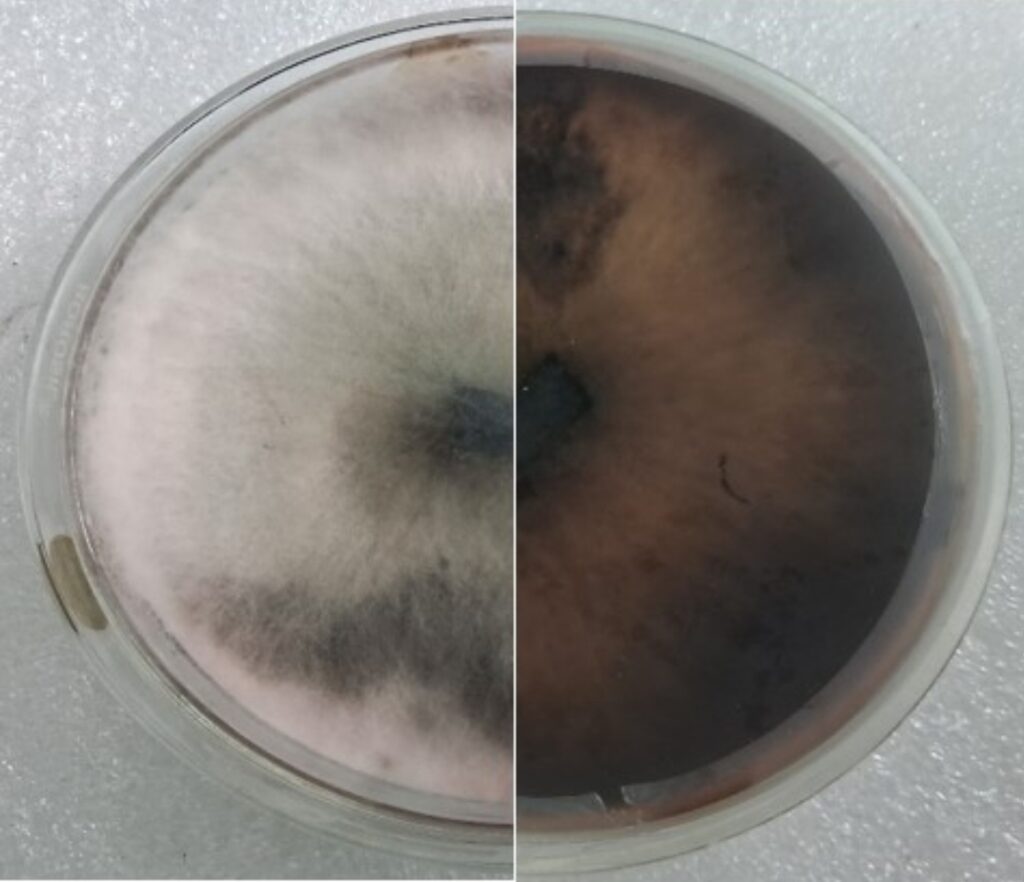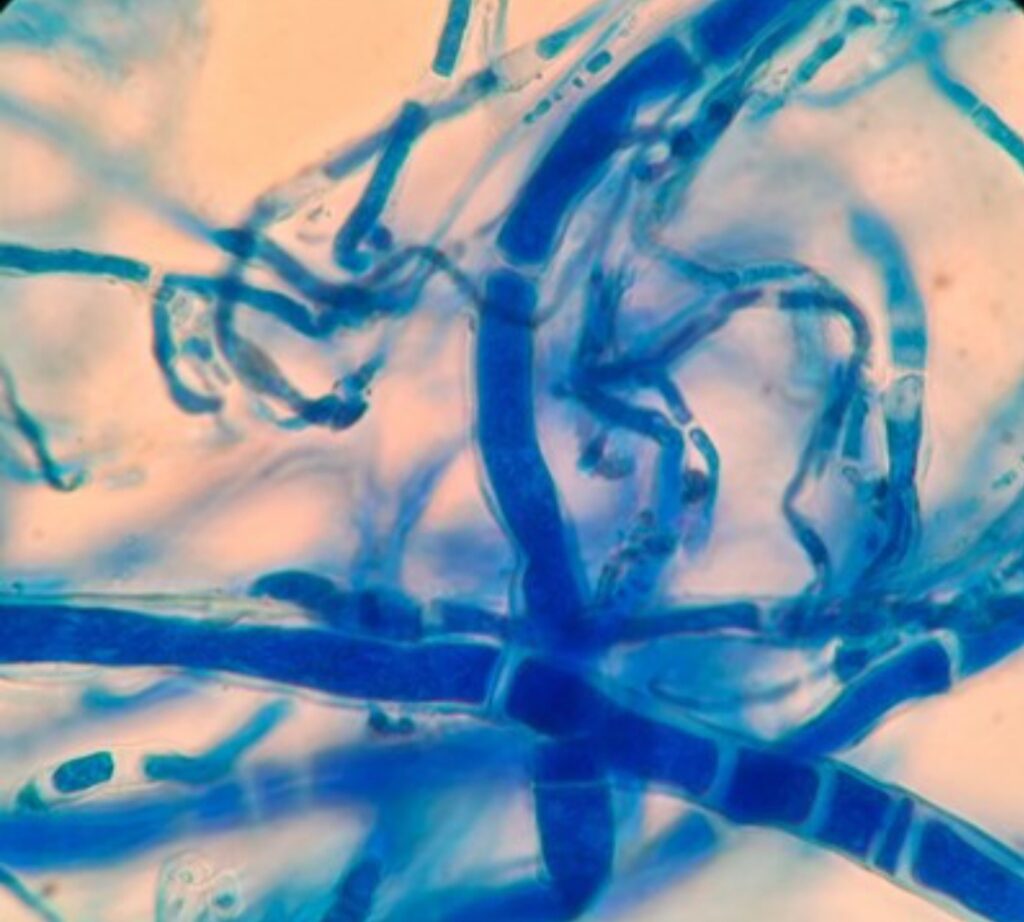Barak UpdatesIndia & World UpdatesHappeningsBreaking News
Leaf Necrosis : New fungal disease of tea identified by AUS researchers

way2barak, June 19: New fungal disease of tea identified by researchers of Assam University, Silchar, India – Scientists at Assam University, Silchar, have made a groundbreaking discovery, identifying a new disease affecting tea leaves. This newly identified disease, known as ‘leaf necrosis’, is caused by the fungus ‘Lasiodiplodia theobromae’. This is the first report of Lasiodiplodia theobromae-induced leaf necrosis in India, with a previous occurrence only documented in China.
Led by Prof. Piyush Pandey, the research highlights the fungus as a significant threat to Assam’s tea plantations. The symptoms of leaf necrosis caused by Lasiodiplodia theobromae are some what similar to those of black-rot caused by Corticium infections, complicating its diagnosis and treatment. The research team of Prof Pandey, mainly includes Kheyali Ghosh, who was supported by Sandeep Das, Nandita Das, and Silpi Sorongpong. The financial support for this research was supported from the Department of Biotechnology, Ministry of Science and Technology, Government of India.


Prof. Pandey’s findings, has been recently published in the journal ‘Archives of Microbiology, that have been met with optimism by prominent tea gardens across Assam. Industry stakeholders believe that identifying this new disease will lead to the development of effective control measures. In a significant scientific advancement, Prof. Pandey’s team also reported the complete genome sequence of leaf necrosis causing Lasiodiplodia theobromae, the first in the field.

The Vice Chancellor of Assam University, Prof Rajive Mohan Pant, has praised Prof. Pandey for his significant contribution, reiterating the university’s commitment to support the regional tea industry through dedicated research and innovation. This discovery comes at a critical time for Assam’s tea producers, who are hopeful that this new knowledge will lead to better management strategies and mitigate the impact of the disease on tea production.



